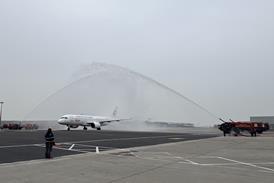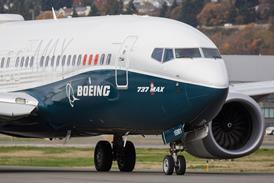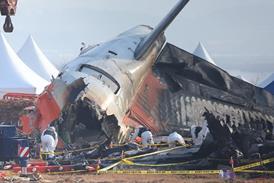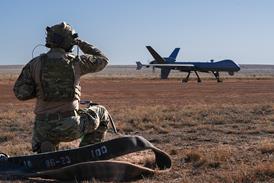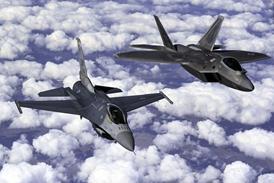The United State Air Force is working on new technologies that mean some of the unmanned aerial vehicles (UAVs) of the future will have in-flight refuelling capabilities, longer range and new strike capabilities.
UAVs are moving beyond surveillance and kinetic strike capabilities to include, for example, directed energy weapons, the US Air Force’s chief scientist Werner Dahm, told delegates today at the Singapore Airshow’s Aerospace Technology and Maintenance conference. Longer-range missions means the UAVs will require highly efficient engine technologies and in some instances this will involve using solar energy and regenerative energy capabilities, says Dahm.
He also says the US Air Force is working to develop UAVs that have in-flight refuelling capabilities and can use the US Air Force’s existing fleet of air tankers.
The US Air Force used a Learjet “as a surrogate for the unmanned aerial system platform” and “the Learjet successfully got into contact position with greater precision than with manned systems.”
Dahm adds, the US Air Force lands its General Atomics MQ-1 Predators manually whereas the Army uses automation to land its General Atomics MQ-1C Warriors and the Warriors have fewer mishaps on landing. “We have to build up people’s trust” in the technology, he says.
Other technological advancements that the US Air Force is pioneering include new multi-spot electro-optical/infra-red sensors for UAVs, says Dahm.
He also says the US Air Force is developing 3D mapping “to produce target quality information to have precision strike capability”.
Some UAVs in development are also smaller. These “micro systems have room-to-room intelligence, surveillance and reconnaissance”, he says.
Because these micro UAVs require high manoeuvrability and an ability to operate at low speeds, the US Air Force has found that rotary or flapping wing technology is better than fixed wing technology, he adds.
With so many UAVs operating today, and in some instances over densely populated areas, the US Air Force has developed a “sense and avoid system” to avoid inflight collisions, says Dahm, adding that the system is similar to a traffic collision avoidance system (TCAS) on commercial aircraft.
He says “the growth in the number of UAVs has been stunning.”
The US Air Force, for example, had four Northrop Grumman RQ-4 Global Hawks and 31 Predators in 2004 but last year it had 14 Global Hawks, 125 Predators and 31 General Atomics MQ-9 Reapers. Next year the US Air Force is forecast to have 77 Global Hawks, 185 Predators and 250 Reapers.
Source: Flight International

